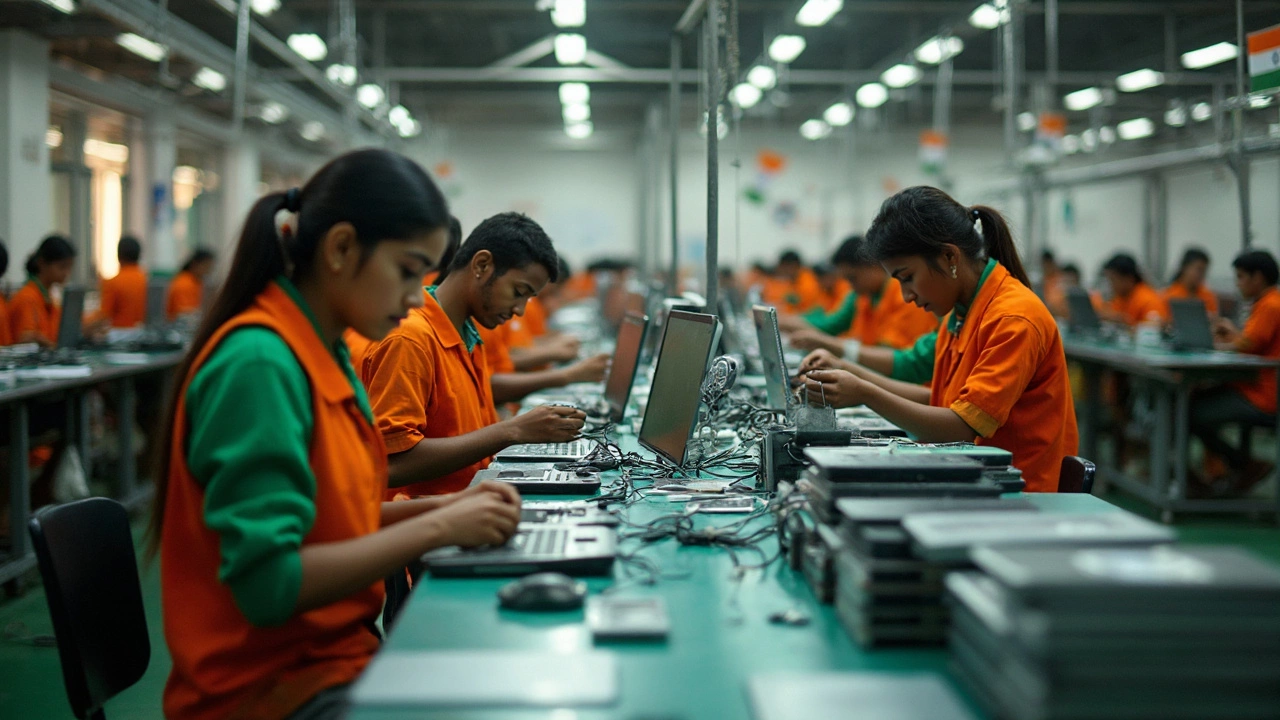Export Trends: What Indian Manufacturers Need to Know
If you’re running a factory or a small workshop, the biggest question is often – “Where can I sell my products next?” The answer lies in the shifting export landscape. In the past year, several sectors have seen surprising growth, while traditional markets are tightening. Understanding these moves helps you choose the right product, the right destination, and the right timing.
Top Global Markets Driving Growth
North America remains a strong buyer for Indian furniture, but the data shows that the United States now tops the list of furniture importers in 2025. If you make wooden chairs, metal frames, or upholstered pieces, aligning your production schedule with US demand can lift your margins.
In chemicals, a handful of countries dominate export volume. China and the United Arab Emirates are the largest chemical exporters, yet the report on "Largest Chemical Exporter" highlights that India is closing the gap, especially in specialty polymers used for automotive and pharma applications.
Plastic manufacturers are also watching the raw‑material supply chain. The article on "How Manufacturers Source Plastic Raw Materials" reveals that Asia‑Pacific suppliers are gaining market share, pushing Indian exporters to negotiate better freight rates and quality certifications.
Pharma remains a high‑profit arena. The "Top 10 Pharma Labs in India" post lists labs that already export to Europe and the Middle East. Tapping into these networks can give you a ready distribution channel for active ingredients or finished dosage forms.
Practical Steps to Ride the Export Wave
1. Check compliance early. Every market has its own safety, labeling, and certification rules. For example, the US customs guidelines for large electronics (see the TV shipping guide) differ greatly from EU standards for furniture.
2. Benchmark pricing. Use publicly available export statistics – like the furniture import stats by country – to see what competitors charge. Adjust your pricing to stay competitive while covering freight and duty costs.
3. Partner with a local agent. In high‑demand regions such as the GCC for chemicals or the EU for medical devices, a local distributor can navigate paperwork, language, and cultural nuances faster than you could on your own.
4. Invest in traceability. Buyers increasingly ask for end‑to‑end visibility. Simple QR codes on your packaging that link to batch records can satisfy auditors in the pharma and food sectors.
5. Leverage government schemes. Programs aimed at boosting manufacturing exports – highlighted in the "Manufacturing’s Impact" article – often provide subsidies for freight, training, or technology upgrades.
Finally, keep an eye on emerging trends. The shift toward sustainable plastics and recycled raw material usage is creating new niches. Companies that can source recyclable polymers or produce low‑VOC coatings are already getting inquiries from European buyers.
Exporting isn’t a one‑time decision; it’s a continuous loop of market research, product adaptation, and relationship building. By staying informed about the latest export trends and acting on practical steps, you can turn global demand into steady growth for your Indian manufacturing business.

India's Top Exporter of Electronics: Who Leads the Race?
India has been ramping up its electronics manufacturing game, but who actually sells the most electronics abroad? This article uncovers India’s top electronics exporter, explores what’s driving their success, and breaks down key trends in exports. Dive into facts about the top products, the impact on jobs, and how government policies shape the market. If you’re curious about India’s place in global electronics or considering business in this space, you’ll find details and tips you can actually use.
Read More